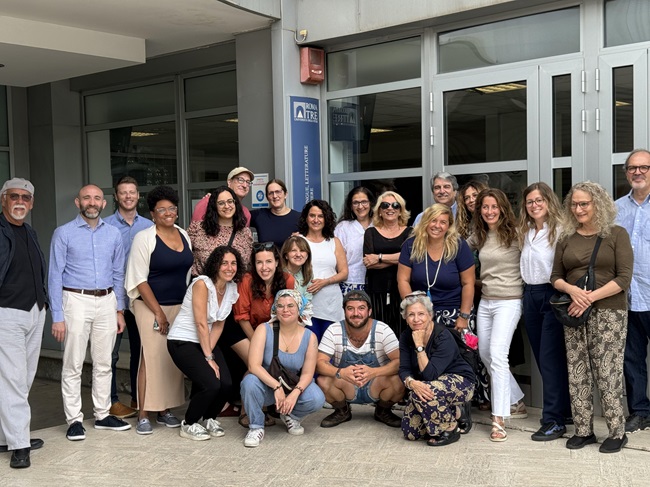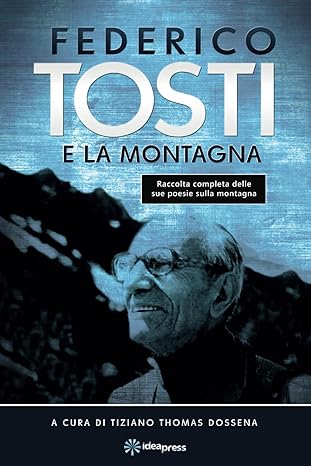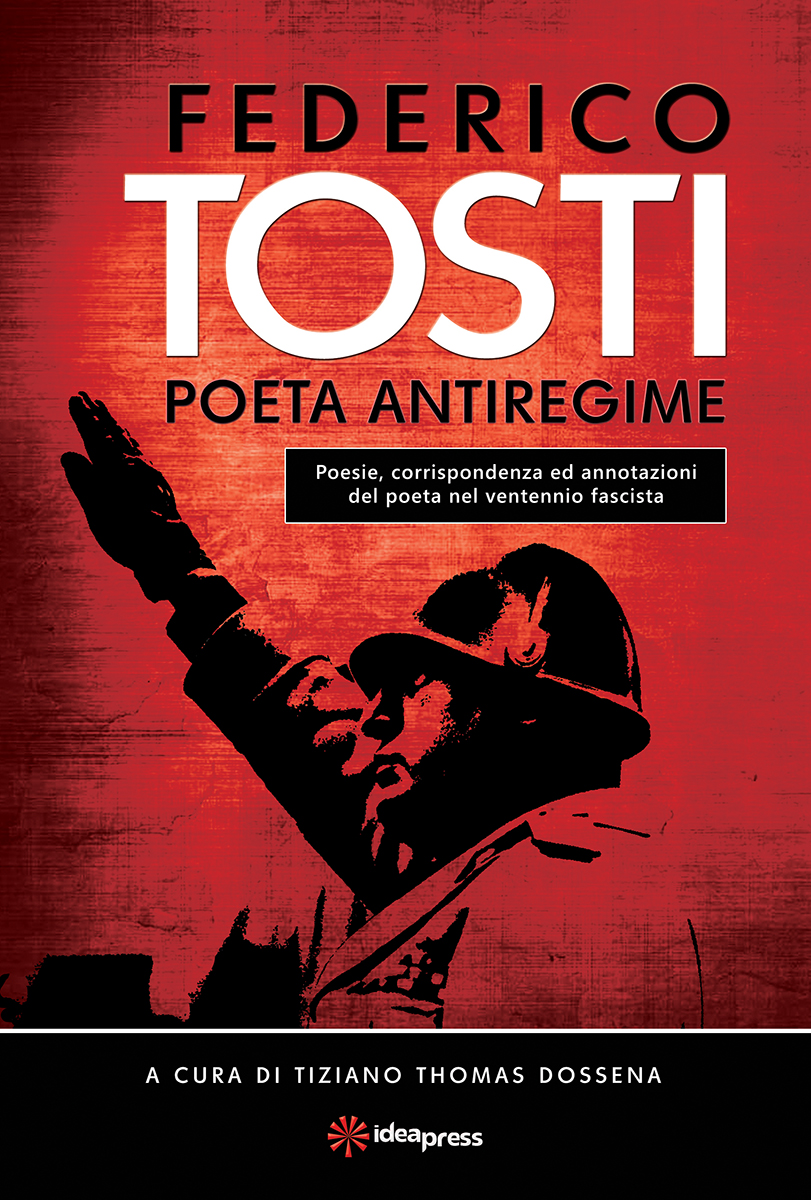by Maria Lisella
Can two centuries of Italian diaspora across the globe — besides the U.S. (18-20 million), Italians settled in Brazil (32 million) and Argentina (22 million) – fit into a 30-second sound bite?
“No, no, and no again,” say the faculty of the 8th edition of the Italian Diaspora Studies Summer Seminar (IDSSS) now taking place in Ostiense, a southern quarter of Rome, Italy sponsored by the John D. Calandra Italian American Institute (Queens College, CUNY) and Roma Tre University.
The 16 participants arrived from Turkey, Canada, and Italy and from across the U.S.: California, Colorado, Indiana, New York, Oklahoma, and Pennsylvania.
The IDSSS is the dream-child of an academic team of innovative scholars who have supported Italian American Studies programs on the undergraduate and graduate levels, and have enriched scholars to examine this scattering of Italians.
The three coordinators — Distinguished Professor Fred Gardaphé, Dean Anthony J. Tamburri, of the Joh D. Calandra Italian American Institute, and Associate Professor Sabrina Vellucci (Roma Tre University) have garnered a reputation for “making things happen” in this multi-disciplinary field on both sides of the Atlantic that was born as a curriculum in the 1970s at Queens College (CUNY), New York.
Trained as an Americanist in Italy: she started studying U.S. Literature—or, as it is called in Italy, Anglo-American Literature–as an undergraduate in 1992, Velluci has been critical to expanding the program across various disciplines.
Vellucci, who is based in Rome, has been key in engaging local colleagues from other disciplines. “This year, for instance, we had Spanish American/Argentinian Literature, U.S. History/International Relations, Digital Humanities, Theater, so the fellows are exposed to different perspectives on the Italian diaspora,” says Vellucci. “I think it is always healthy to look at our subjects from different angles,” she adds.
The three-and-half-week intensive experience features several disciplines: cinema, diplomacy, history, language, literature, psychology, and sociology with guest lecturers from Italy: Camilla Cattarulla, Donatella Codonesu. Manuela D’Amore Roberto Dolci, Daniele Fiorentino, and Domenico Fiormont, and the U.S. faculty includes: David Aliano, Donna Chirico, Fred Gardaphé, Anna Camaiti Hostert, Anthony Julian Tamburri, and Sabrina Vellucci.
Since 2018, when many of the organizers met in Melbourne, Australia, the interest has increased exponentially; three subsequent editions of that conference followed, with the fifth taking place this coming December 2024 in Genova, Italy.
“A number of previous fellows have returned to their home institutions and offered courses on Italian-American studies for the first time at their respective institutions,” reports Tamburri.
Among the Italian American benefactors that are supporting the IDSSS are: the Alexandra De Luise Gift, the American Association of Teachers of Italian (AATI), the Giambelli Foundation, the Italian Language Inter-Cultural Alliance (ILICA), the National Italian American Foundation (NIAF), and UNICO.
Participants range from journalists to teachers of Italian to PhD candidates – reflect a wide range of projects: from memoirs to curriculum, to groundbreaking research. Italian is one of the most studied languages in the world; two million people enroll in Italian language classes annually.
Gardaphé, who specializes in literature, opened the session with: “What happens when you find the American history you are being taught does not reflect your history or your life”? Where do you fit in? Where does your family fit in?
Informally, participants bemoaned the fact that authentic stories about Italian Americans’ immigration are not taught nor are those of other diaspora. Some confided their frustration because Italian Americans do not seem to make an effort to read about their beginnings but have passively accepted mass media images and half-truths.
Several related personal experiences with family members, for instance, who cling to stereotypical images of themselves and resent newcomers instead of knowing that the stages of immigration and migration carry commonalities among all groups.
An essential text to accompany this course is From the Margin: Writings in Italian Americana, which was initially published in 1990, was edited by Anthony Tamburri, Paul Giordano and Fred L. Gardaphé, and recently reissued.
The anthology is indeed a key to a broad survey of Italian American literature covering excerpts from novels, short stories, poetry, and analyses and comments on many of the works and a good place to start for anyone wishing to learn others’ stories in an effort to piece their own identities and histories.
“Diaspora is a natural phenomenon,” Gardaphé emphasized, that does not belong to just one group: Italian Americans, Jews, Irish, African and Asian Americans, Latins, Middle Eastern are a few. Some were persecuted in their home countries, others left due to economic and social injustice, but new and ongoing scholarship is attempting to set the historical records straight.
Psychology Professor Donna Chirico of York College, posed the seemingly simple yet complex question: How do you identify yourself? New arrivals are expected to subsume their identity … what does it mean to hyphenate?
“Right now, we are witnessing multiple ‘forced’ diasporas, changing the language of how we speak about diaspora… we are now using words like expelled, massacre, and annihilation; forced diasporas are different from leaving by choice.”
Historically, Professor David Aliano stressed studying diasporas comparatively: the transnational nature of immigration out of Italy and into Italy dramatically differs from that of Italians who went to Argentina.
There, they were met with communities and societies that could support their entry, and empowered the new arrivals to participate in politics and benefit from the economic boom. An obvious key to the smoother transition was that the dominant language was close to Italian, and the religion and customs bore similarities.
Italians had already begun settling in Argentina and forming supportive communities whereas in the U.S., those networks were still to appear.
Cinematically, Italian Americans excel. “Through films, we make and break stereotypes through popular culture,” says Professor Anna Camaiti Hostert who lives and works in Italy and the U.S. teaching in several American universities.
Among many other films, Hostert discussed Martin Scorsese’s Mean Streets and how Charlie is a victim of la bella figura to remain part of his community.
“Italian American directors have a sense of that aesthetic even if they are not aware of it; they are also good storytellers and have incorporated imagery from their Italian roots, and have thus had an impact on American popular culture.”
Participants arrived with long and short-term projects: essays, scholarly research, and teaching materials to push the conversation to the public vis-a-vis classrooms from high schools to universities.
Professor Charlene Fletcher of Butler University, Indianapolis, Indiana’s research reveals how the padrone system brought Sicilians to work side by side with African Americans in Mississippi during the 19th and 20th centuries.
On their way to assimilation, Italians left these relationships and this history behind; as they were desperate to assimilate into the foreign white Protestant U.S. culture and lose the memory that they, too, were considered marginally white.
Professor Cristina Migliaccio of Medgar Evers College is analyzing the digital diaspora of the Neapolitan language as it travels through social and streaming media and may ultimately reshape the cultural images of Neapolitans.”
Lilia Di Pierro, University of Naples is working toward her doctorate and will be a language lecturer at Colby College, Maine this fall. Journalist John Glionna is stitching the motives for his family’s diaspora from Basilicata to the U.S.
As Roberto Dolci, professor of Educational Linguistics from the Università per Stranieri di Perugia explains: “Textbooks all over the world are written by the dominant culture and are often propagandistic and promote stereotypes.”
Rarely do textbooks take an objective position reporting on the journeys of immigrants: from Italy, Asia or Africa and this, essentially, results in a lack of understanding of the commonalities among all immigrants.
“Teachers have the power to interpret and open the intercultural communication,” says Dolci, as illustrated in educational departments’ documents printed in 1937 promoting concepts of Nazism, Fascism, and later the Cold War. “The role of foreign language is promoting cultural diplomacy.”
To further support new research, Calandra issues monthly demographic data and statistical analyses regarding Italian American educational and economic attainment. These are distinct issues and the hope of the IDSSS is that gatherings such as this will open the conversation to a wider public.
CONTACT: John D. Calandra Italian American Institute; events are free to the public or for information on the IDSSS 2025; call 212-642-2094; 25 West 43rd Street, 17th Floor, New York, NY 10036 US.







